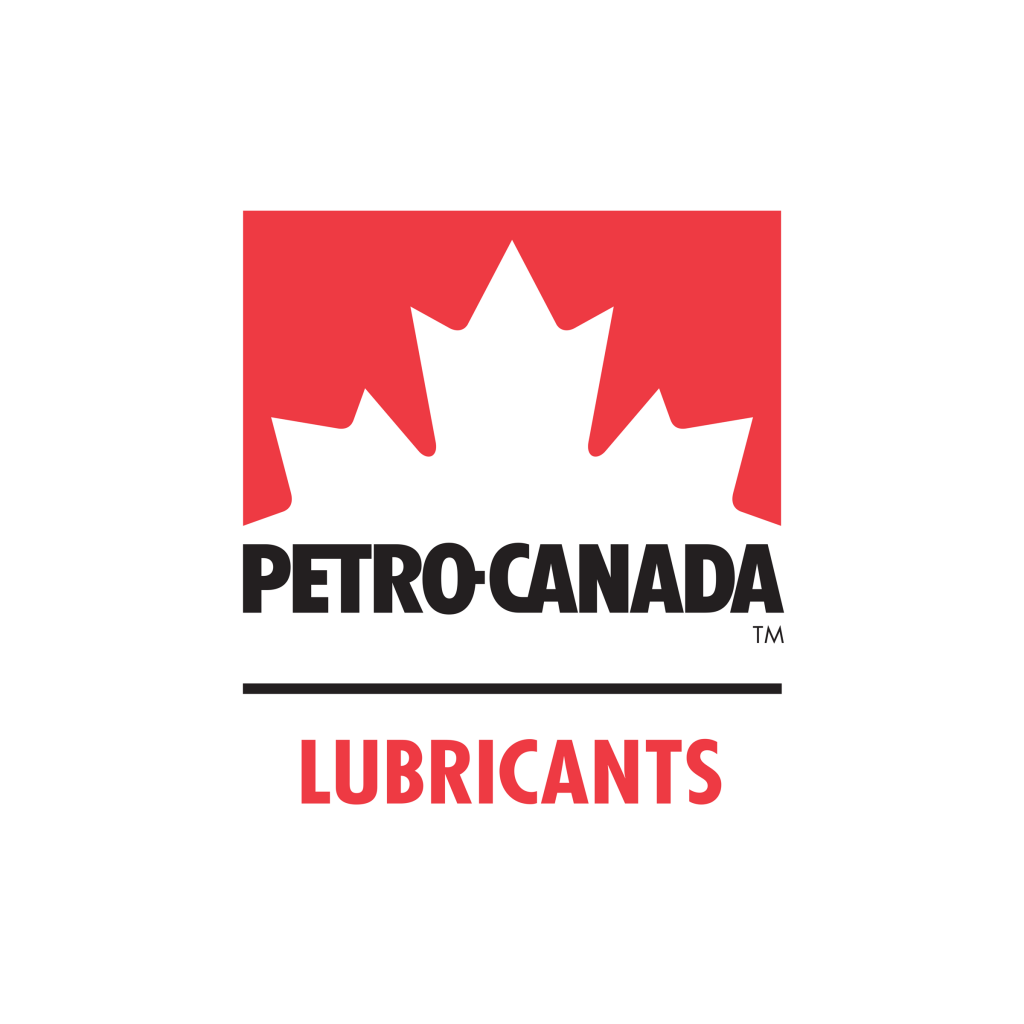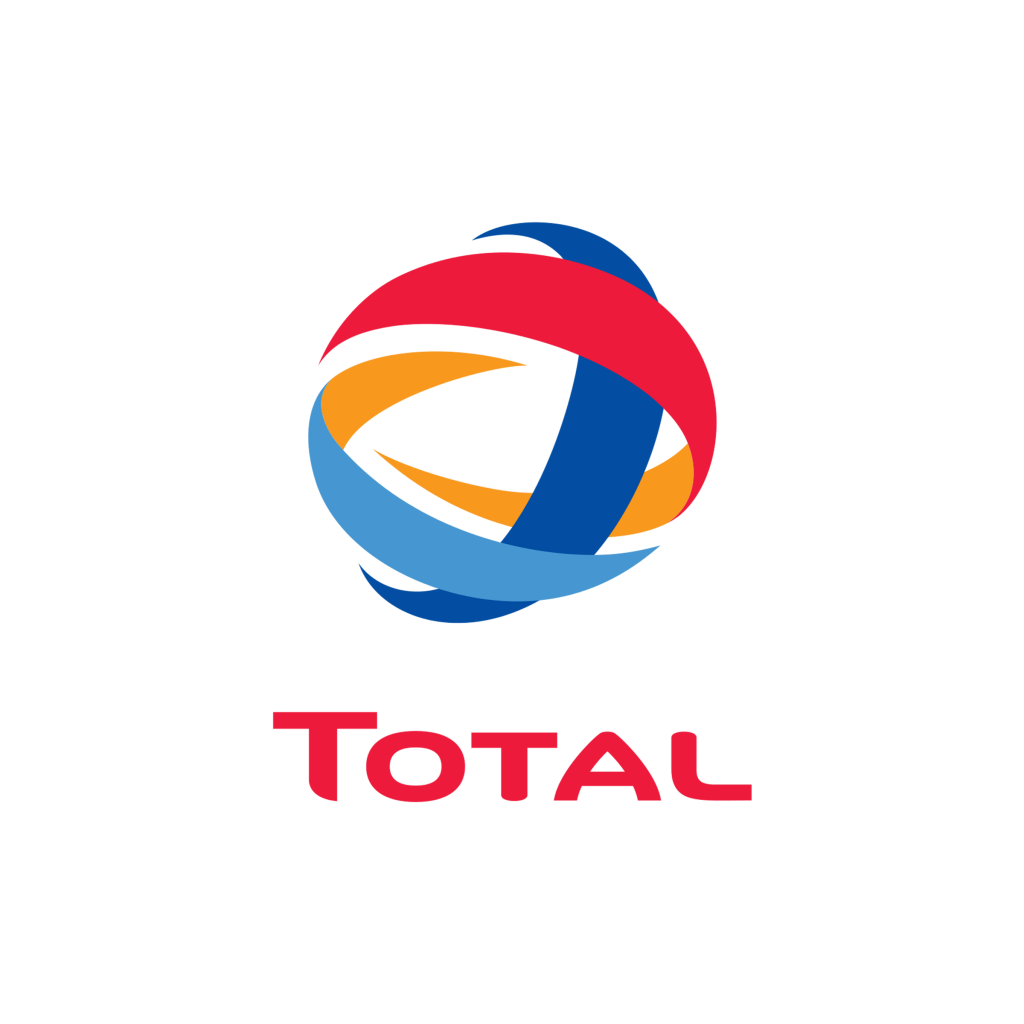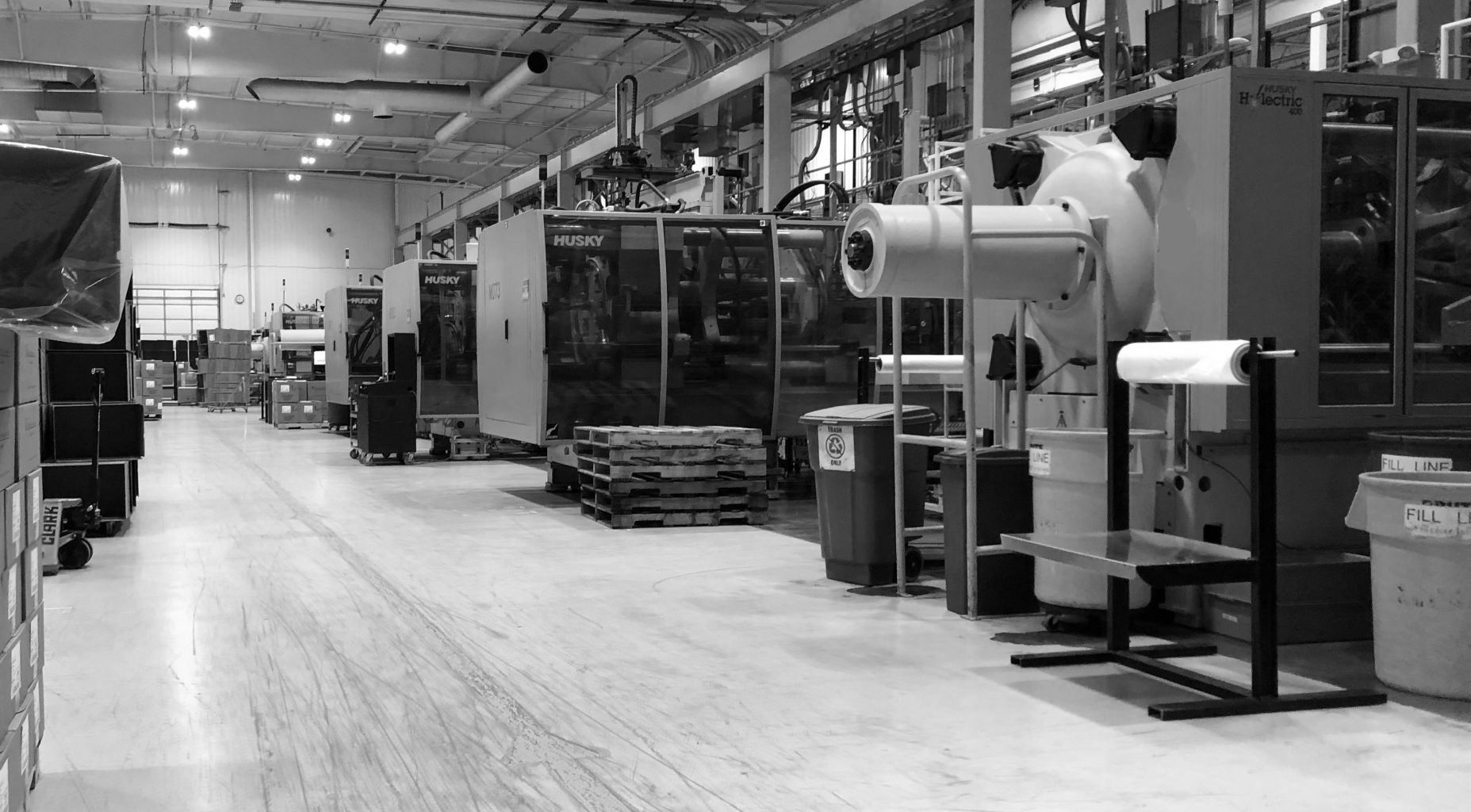
At Leahy-Wolf, we are experts at recommending best maintenance practices as well as selecting lubricants that are right for your operation. We will ensure that you are getting the longest life possible out of those lubricant products and would be happy to help you initiate an oil condition monitoring program.
INJECTION MOLDING
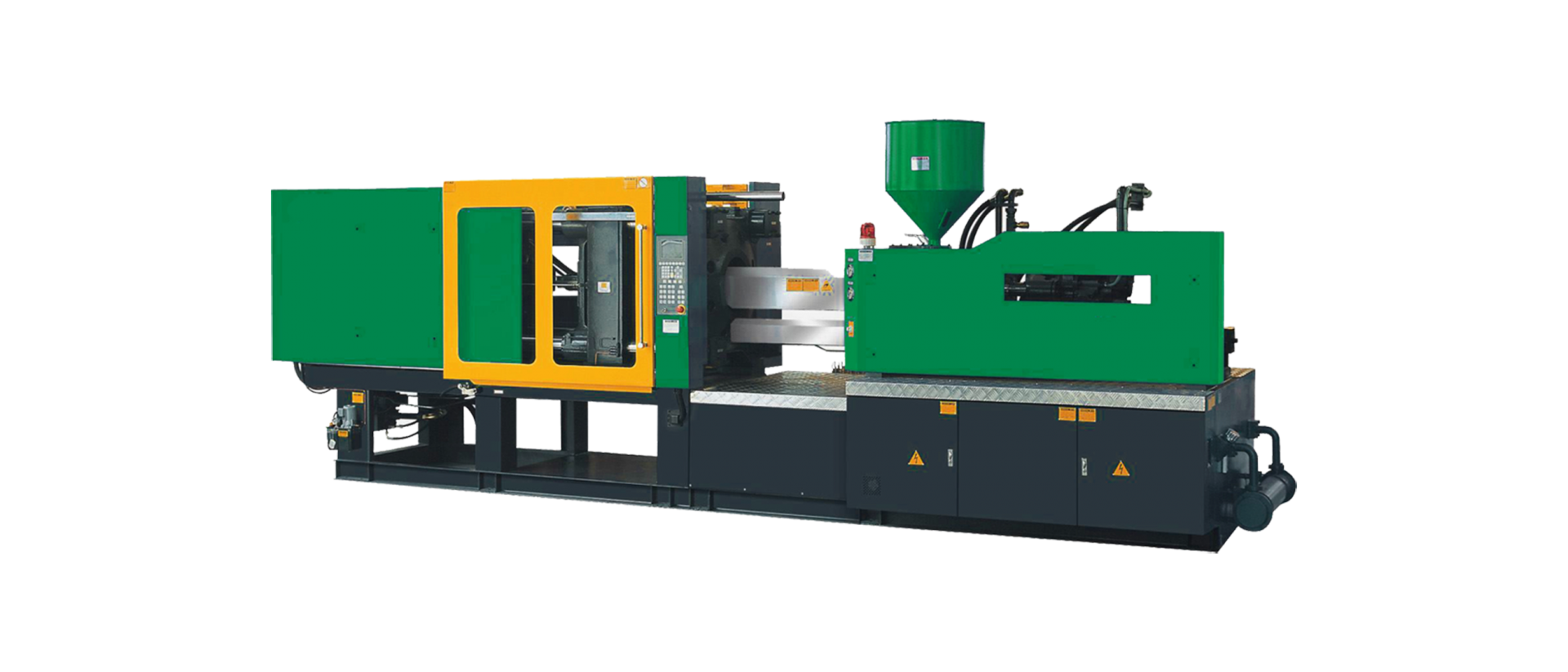
Injection molding is a manufacturing process for producing parts by injecting material into a mold. Injection molding can be performed with a host of materials including, glasses, elastomers, confections, and most commonly thermoplastic and thermosetting polymers. Material for the part is fed into a heated barrel, mixed, and forced into a mold cavity, where it cools and hardens to the configuration of the cavity. After a product is designed, usually by an industrial designer or an engineer, molds are made by a mold-maker (or toolmaker) from metal, usually either steel or aluminum, and precision-machined to form the features of the desired part. Injection molding is widely used for manufacturing a variety of parts, from the smallest components to entire body panels of cars.
Hydrex AW Hydraulic Fluids
Introduction
Petro-Canada’s HYDREX AW hydraulic fluids are advanced formula, long life, anti-wear fluids designed for high performance hydraulic systems to provide excellent operating and maintenance benefits for increased productivity. HYDREX AW hydraulic fluids start with the HT purity process to produce 99.9% pure, crystal clear base oils. By removing the impurities that can hinder the performance of competitive conventional oils, and blending in our specialty additives, HYDREX AW retains its ‘fresh oil’ properties longer providing resistance to oxidative breakdown and outstanding wear protection.
Applications
HYDREX AW hydraulic fluids are primarily recommended for heavy duty hydraulic systems that operate in industrial plants and outdoors in mobile equipment. HYDREX AW fluids may be used in systems equipped with fine filters down to 3 microns without loss of additives or causing filter plugging. Because of their wide applicability, long life, rust and foaming inhibiting features, HYDREX AW fluids may also be used to lubricate anti-friction bearings and gears found in circulation, splash, bath and ring-oiled systems. HYDREX AW
AZOLLA ZS Hydraulic Fluids
Introduction & Application
High-performance hydraulic oils offering reinforced protection of the equipment thanks to their anti-wear and anticorrosion properties. Designed for use in all kind of hydraulic systems running under the most difficult conditions, such as in machine tools, mold injection machines, presses and other industrial or mobile equipment. Also used in many other applications: low charged gears, sliding and roller bearings, air compressors, servo-motors and control systems equipped with fine filtration systems. Very good oxidation stability ensuring a long service life of the fluid. Filterability even in the presence of water.
EXTRUSION
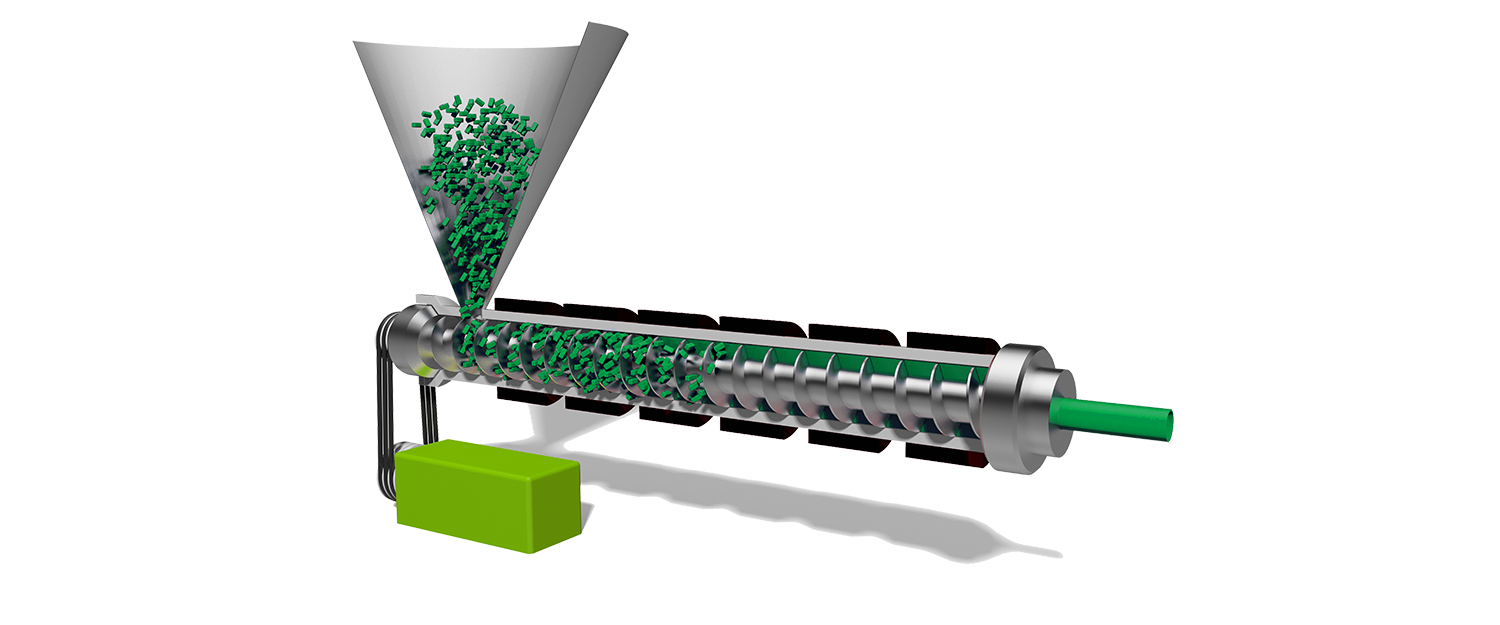
Plastics extrusion is a high-volume manufacturing process in which raw plastic is melted and formed into a continuous profile. Extrusion produces items such as pipe/tubing, weather stripping, fencing, deck railings, window frames, plastic films and sheeting, thermoplastic coatings, and wire insulation.
BLOW MOLDING
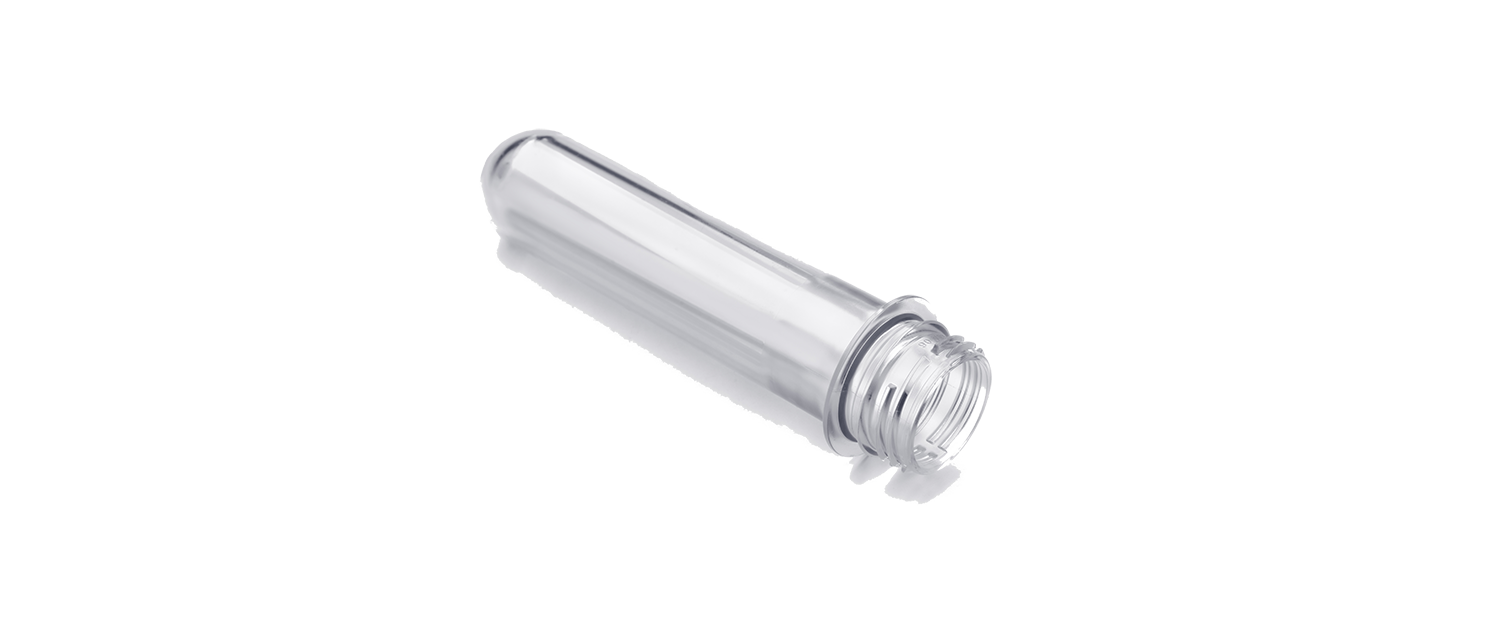
EXTRUSION BLOW MOLDING
In Extrusion Blow Molding (EBM), plastic is melted and extruded into a hollow tube (a parison). This parison is then captured by closing it into a cooled metal mold. Air is then blown into the parison, inflating it into the shape of the hollow bottle, container, or part. After the plastic has cooled sufficiently, the mold is opened and the part is ejected. Continuous and Intermittent are two variations of Extrusion Blow Molding. In Continuous Extrusion Blow Molding the parison is extruded continuously and the individual parts are cut off by a suitable knife.
INJECTION BLOW MOLDING
The process of injection blow molding (IBM) is used for the production of hollow glass and plastic objects in large quantities. In the IBM process, the polymer is injection molded onto a core pin; then the core pin is rotated to a blow molding station to be inflated and cooled. This is the least-used of the three blow molding processes and is typically used to make small medical and single serve bottles. The process is divided into three steps: injection, blowing and ejection.
INJECTION STRETCH BLOW MOLDING
This has two main different methods, namely Single-stage and two-stage process. Single-stage process is again broken down into 3-station and 4-station machines. In the two-stage injection stretch blow molding process, the plastic is first molded into a “preform” using the injection molding process. These preforms are produced with the necks of the bottles, including threads (the “finish”) on one end. These preforms are packaged, and fed later (after cooling) into a reheat stretch blow molding machine. In the ISB process, the preforms are heated (typically using infrared heaters) above their glass transition temperature, then blown using high-pressure air into bottles using metal blow molds. The preform is always stretched with a core rod as part of the process.
